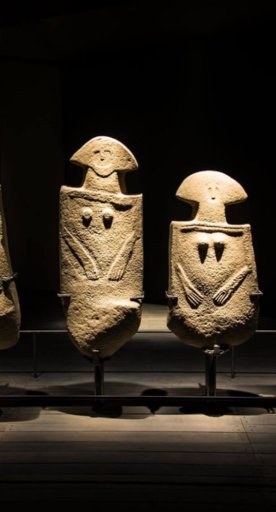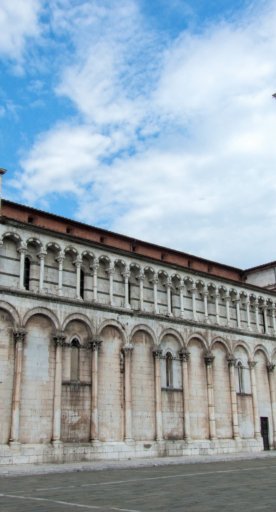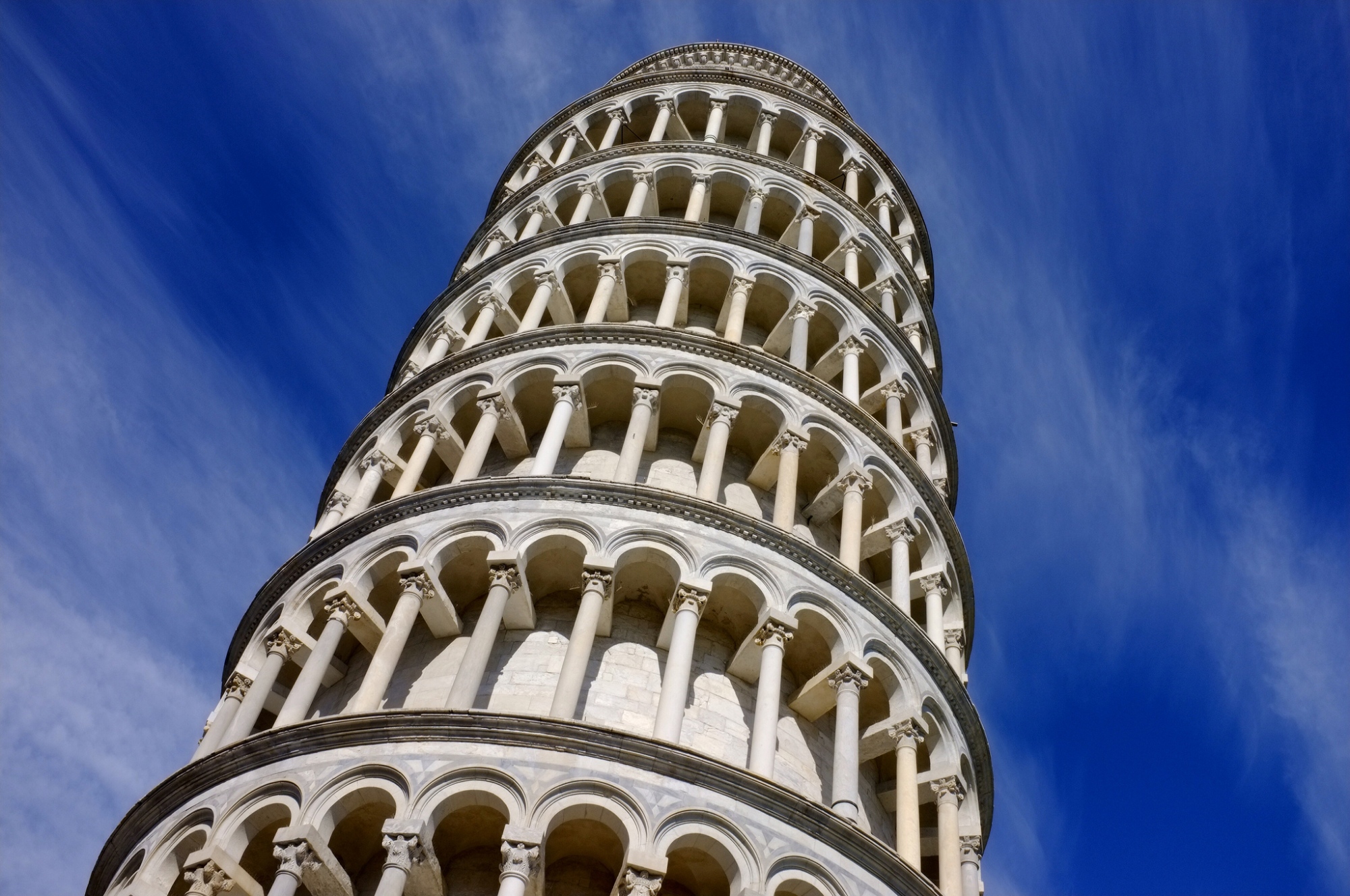

10 things to do in Cortona
Some ideas for visiting this beautiful Etruscan city
Perched on top of a hill, very close to the border with Umbria, lies the charming town of Cortona. Walking through its characteristic alleys, you cannot help but notice the ancient palaces and its typically medieval appearance, which has been maintained to this day. Despite its modest size, Cortona, in fact, boasts a very rich centuries-long history. A very important Etruscan settlement at first, it later witnessed the passage of great intellectuals and artists, such as Beato Angelico, Luca Signorelli and Gino Severini.
From beautiful churches, to Etruscan findings, to spectacular scenic spots, here are 10 things you must do in Cortona!
-
1.Plunging into the atmosphere of Piazza della Repubblica
-
2.Seeing the MAEC's extraordinary exhibits
-
3.Discover the beauties of the Cathedral
-
4.Visiting the Diocesan Museum
-
5.Enjoying the view from Piazza Garibaldi
-
6.Visiting the Chiesa di San Francesco (Church of St. Francis)
-
7.Admiring the colors of the Basilica of Santa Margherita
-
8.Discovering the history of the Sanctuary of Santa Maria delle Grazie al Calcinaio
-
9.Finding tranquility at the Hermitage “Le Celle”
-
10.Treat yourself to Cortona On The Move's exhibitions
Plunging into the atmosphere of Piazza della Repubblica

The heart of Cortona's historic center, Piazza della Repubblica, is located where the Roman forum once stood. The square was in fact the crossing point of the cardo and decumanus, the two main streets of the Roman urbe. Today, Piazza della Repubblica is the place from which numerous streets full of stores branch off and where prominent historic buildings, such as the Palazzo del Capitano del Popolo and the Palazzo Comunale (Town Hall), are situated.
Seeing the MAEC's extraordinary exhibits

For lovers of history and archeology, a visit to MAEC – Museo dell’Accademia Etrusca e della Città di Cortona (Museum of the Etruscan Academy and of the City of Cortona) - is a must. Located in Piazza Signorelli, a short walk from Piazza della Repubblica, the MAEC will take you back in time to learn about the area's great Etruscan past. The sections encountered along the way boast truly unique pieces, such as the famous Etruscan bronze chandelier from the 4th century B.C., the gold fibula in the shape of a panther, or the Tabula Cortonensis, the third longest Etruscan text.
Also noteworthy is the Egyptian collection, along with the art-historical section with paintings of the Tuscan school from the 14th to the 20th century.
Discover the beauties of the Cathedral

The history of the co-cathedral of Santa Maria Assunta, Cathedral of Cortona, begins as early as the year 1000, when it was built as a parish church on the remains of an ancient pagan temple. The facade still shows signs of the original Romanesque style, while the interior, divided into three naves, is decorated in Renaissance style.
The Cathedral keeps a very rich artistic heritage, including L’Adorazione dei Pastori (The Adoration of the Shepherds) by Pietro da Cortona, the Discesa dello Spirito Santo (Descent of the Holy Spirit) by Tommaso Bernabei, and other fine paintings, also attributed to Signorelli's workshop.
Some furnishings and canvases from the co-cathedral are now kept in the nearby Museo Diocesano (Diocesan Museum).
Visiting the Diocesan Museum

If the MAEC is predominantly archeological in character, the Diocesan Museum can be considered the city's true picture gallery. Set up in the architectural complex of Jesus, the museum preserves works of immense artistic value, as well as valuable sacred furnishings. One of the most notable paintings on display is certainly L’Annunciazione (The Annunciation) by Beato Angelico, a masterpiece of the early Italian Renaissance, but important works by Pietro Lorenzetti, Bartolomeo della Gatta, Sassetta and Luca Signorelli are also on display at the MAEC.
Enjoying the view from Piazza Garibaldi

The viewpoint in Piazza Garibaldi is among the must-see stops during a visit to Cortona. From this point the view opens up and you can admire the entire Valdichiana and the border with Umbria, beyond which you can see Lake Trasimeno.
Visiting the Chiesa di San Francesco (Church of St. Francis)

The Church of St. Francis was commissioned by the successor to the saint of Assisi, Brother Elias, who began its construction in 1247. Its architectural form is reminiscent of the typical Franciscan style, with a single-nave interior and truss roof, with three cross-vaulted chapels.
Among the works collected here are notably The Annunciation by Pietro da Cortona, the Vergine in gloria tra i Santi (Virgin in glory among Saints) by Ciro Ferri and the Natività (Nativity) by Raffaello Vanni. The church also houses the remains of Brother Elias himself and of Luca Signorelli.
Admiring the colors of the Basilica of Santa Margherita

To visit the Basilica of Santa Margherita, named after the patron saint of Cortona, you need to go to the edge of the historic town center. Although the original building dates back to the 14th century, several remodels followed one another over the centuries, particularly between the 18th and 19th centuries: two naves were added, giving the church a basilica-like layout, the facade was rebuilt, and the interior was embellished following the taste of the time. The bright colors of the Baroque style thus mingle with traces of the Gothic and Romanesque styles, while fragments of medieval frescoes, unfortunately largely lost, are now in the Diocesan Museum.
Discovering the history of the Sanctuary of Santa Maria delle Grazie al Calcinaio

Tradition has it that in the late 15th century an image depicting the Madonna col Bambino (Madonna and Child) in Cortona began to work miracles. Veneration of the icon grew to such an extent that it was decided to erect a church there: as early as 1525, the Sanctuary of Santa Maria delle Grazie al Calcinaio looked as we see it today. It was built by skillfully applying the architectural principles of the period and became one of the best examples of synthesis of Renaissance architecture.
The miraculous painting of the Madonna and Child can still be seen today on the church's high altar.
Finding tranquility at the Hermitage “Le Celle”

Just five kilometers from the historic town center, climbing 550 meters above sea level, stands the Hermitage “Le Celle,” a place steeped in great peace and spirituality famous for hosting St. Francis. It is said that it was here that the Poverello of Assisi wrote his spiritual testament.
Since 1537, the hermitage has been home to the order of the Capuchin Friars, who restored the complex to its former glory after a period of neglect. Particularly attracting numerous pilgrims each year is the Cell of St. Francis, carved out of the rock and characterized by the utmost austerity.
Treat yourself to Cortona On The Move's exhibitions
It is the international festival of contemporary photography held every year during the summer: Cortona On The Move is considered among the major events in the environment and has established itself over the years as a major center of experimentation for the evolution of the language of photography. Dozens of exhibitions and events are spread between the city's historic center and the Fortezza del Girifalco (Fortress of Girifalco), welcoming a large audience and numerous experts in the field with each edition.














































































